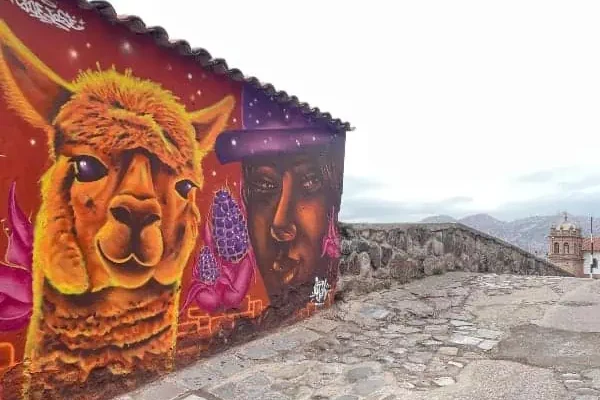Returning home after traveling can bring culture shock that’s just as discombobulating as that experienced when heading off to the far side of the globe.
I’m learning that staging the return helps ease the transitions of climate and jet lag, as well as culture. One of my main reasons for traveling is the fresh perspective I gain on home and habits; I’m curious to see what new ideas have come home with me in the arenas of foraging and cooking.
On the surface, it can been difficult to see anything relevant; I’ve just spent six weeks in Madagascar, eating mainly rice and fruit. Guavas and oranges are not particularly suited to our northern climes, and while there is an impressive variety of rice cultivars out there, I doubt any of them would experience fantastic success in a Yukon growing season.
So instead I looked to infrastructure.
In most parts of Madagascar there is very limited access to electricity or fossil fuels, and the majority of people cook rice two or three times a day on charcoal or wood fires.
This year, I am keen to expand my outdoor cooking options, and one of the models I want to try and replicate comes from a camp I worked at in eastern Madagascar on the edge of the rainforest. A huge pot of rice, enough for twenty western portions, was cooked three times a day on a grill seated upon a row of four-foot-high concrete pillars. The pillars were hollow, about ten inches in diameter with walls 1.5 inches thick. An opening at the base of the pillar was fed with small sticks, eventually resulting in a hot bed of coals. Sometimes extra sticks were laid over the top of the pillar where they would catch directly beneath the pot for more direct heat, depending on what was being cooked. Each pillar acted as an “element” to be controlled individually.
While I am eager to learn from these practical examples of homebuilt innovation, I am careful not to draw too many parallels. I am not romanticising the conditions in which most Malagasy live. They do not choose to live “off-grid” as some Yukoners do; electricity is simply unavailable in many places — as is clean drinking water. Alternatives to charcoal (the manufacture of which causes severe health problems) and fuelwood (which continues to eat away at ever-shrinking forest fragments) are much needed. After spending time in these tiny remnants of forest I am so thankful for the wilderness — and its wood and water — that remains in the Yukon due to our low population. I feel the responsibility of working to protect it.
Necessity is the mother of invention, and so it is not surprising that people with no other choice will come up with ingenious solutions using limited technologies and local materials. I often wonder how much faster Canadians would be approaching large scale renewable energy if the alternative was denied us. Perhaps that is even more of a useful lesson to bring home.
~ Did you know? ~
If you tunneled through the Earth from Whitehorse, you’d be 2000 km due south of Madagascar.
The island of Madagascar is about 20 per cent larger than the Yukon, with a population just shy of 23 million.
People first arrived on Madagascar 2000 years ago, mainly from across the Indian Ocean.
You can get by with French, but its better to learn some Malagasy. Mazotoa!




